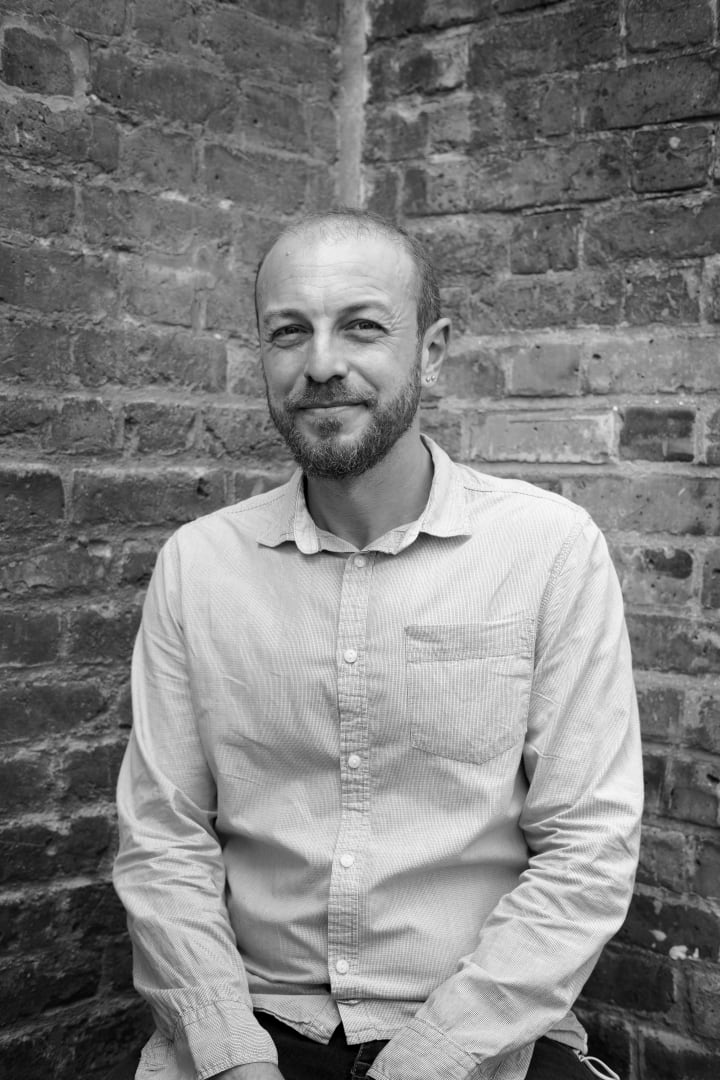"I love elaborate surfaces, which is why Baroque and Art Nouveau are among my favourite styles. Their ornate and fluid designs resonate with my artistic sensibilities."
Omer's Instagram: @omeronerceramics
How and when did you know you wanted to be an artist?
My art journey initially started with painting and drawing. Even I made a failed attempt to be an art teacher when I was in Turkey in late 1995. After I moved to London I decided to get back to painting, I took some drawing and painting courses. These experiences opened the door to further exploration, leading me to an Art and Design Diploma course in 2015. It was during this course that I was first introduced to clay, a material that would redefine my artistic focus. Clay provided a new perspective to express my creativity, evolving my work in ways I hadn’t imagined before.
What was your experience of art school?
After my foundation course, I started my BA in Central Saint Martins. Working with an inspiring team of teachers and amazing facilities let me explore and refine my practice in ways I hadn’t before, and this environment allowed me to experiment and lay the foundation for the work I do today. Unfortunately, the COVID-19 lockdowns interrupted my university experience. However, instead of halting my progress, I saw it as an opportunity and I began collecting discarded materials from the streets, bringing them into my kitchen, where I cast them in plaster. This process, born from necessity, deepened my connection with transformation and materiality, which continues to influence my work to this day.
Can you tell us more about the ideas and inspiration behind your work?
The inspiration behind my work stems from my background in history and art education, as well as a fascination with found objects. I cannot deny the influence of Robert Cooper, my teacher during my foundation diploma course, whose habit of collecting mirrors my own. I am drawn to everyday objects—whether fragments of furniture or discarded items—and when I find them, I visualize how they might become part of a larger domestic item or be transformed into something entirely new, disregarding their original function or material. As a ceramic artist, I cast these objects in clay, engaging in a process that echoes the tradition of using clay to imitate and reproduce other materials. This transformation aligns with my artistic philosophy of taking overlooked, discarded items and giving them new life through material change.
Are there other artists or movements that have inspired your work?
I am deeply fascinated by classic and medieval architecture, especially the intricate details found in interior and façade decorations, grand columns, arches, domes, and the minarets of Istanbul. The craftsmanship and complexity of these elements captivate me. I love elaborate surfaces, which is why Baroque and Art Nouveau are among my favourite styles. Their ornate and fluid designs resonate with my artistic sensibilities. As a regular visitor to the British Museum, I draw inspiration from its extensive historical collections. Several artists who deeply influence my work include Léopold L. Foulem, Robert Cooper, Matt Smith, Barnaby Barford, and Burke De Vries, each of whom brings a unique perspective to ceramics and material transformation.
Can you describe a typical day in the studio? How do you approach your work?
My creative process begins with a collaboration between found objects and sketches. I explore how these elements can form an unusual and intriguing domestic piece. Once I see potential in the combination, I start sketching the design. With the concept in mind, I prepare my slip, ensuring it reaches the right consistency for casting. Casting each piece can take an entire day. Before I can start assembling the final form, I need to produce all the elements and store them in airtight boxes to maintain their hardness. Sometimes, the slip cast might break, or I might reconsider the design direction. If the assembled object doesn’t align with my initial vision, I replace or swap the casts with other objects to experiment further. My goal is always to create one-of-a-kind pieces. While there may be similarities among them, the use of different elements allows me to craft truly unique works every time.
